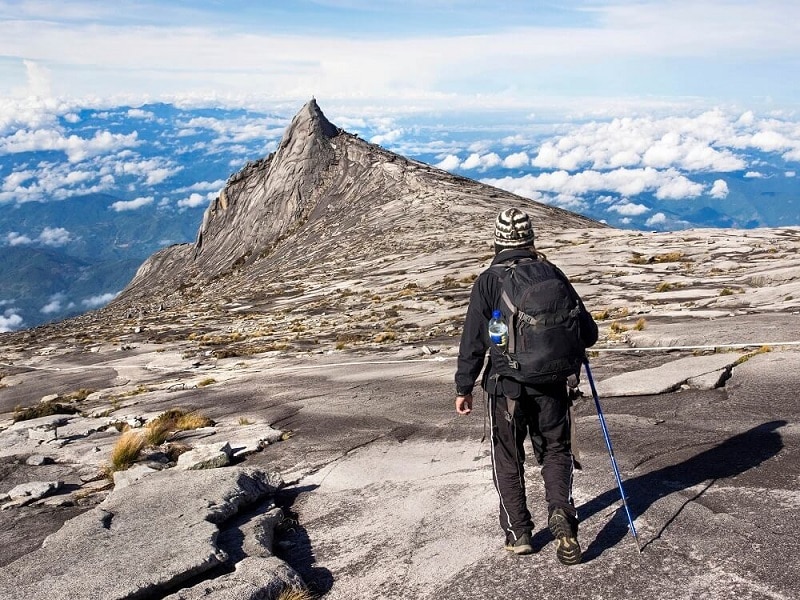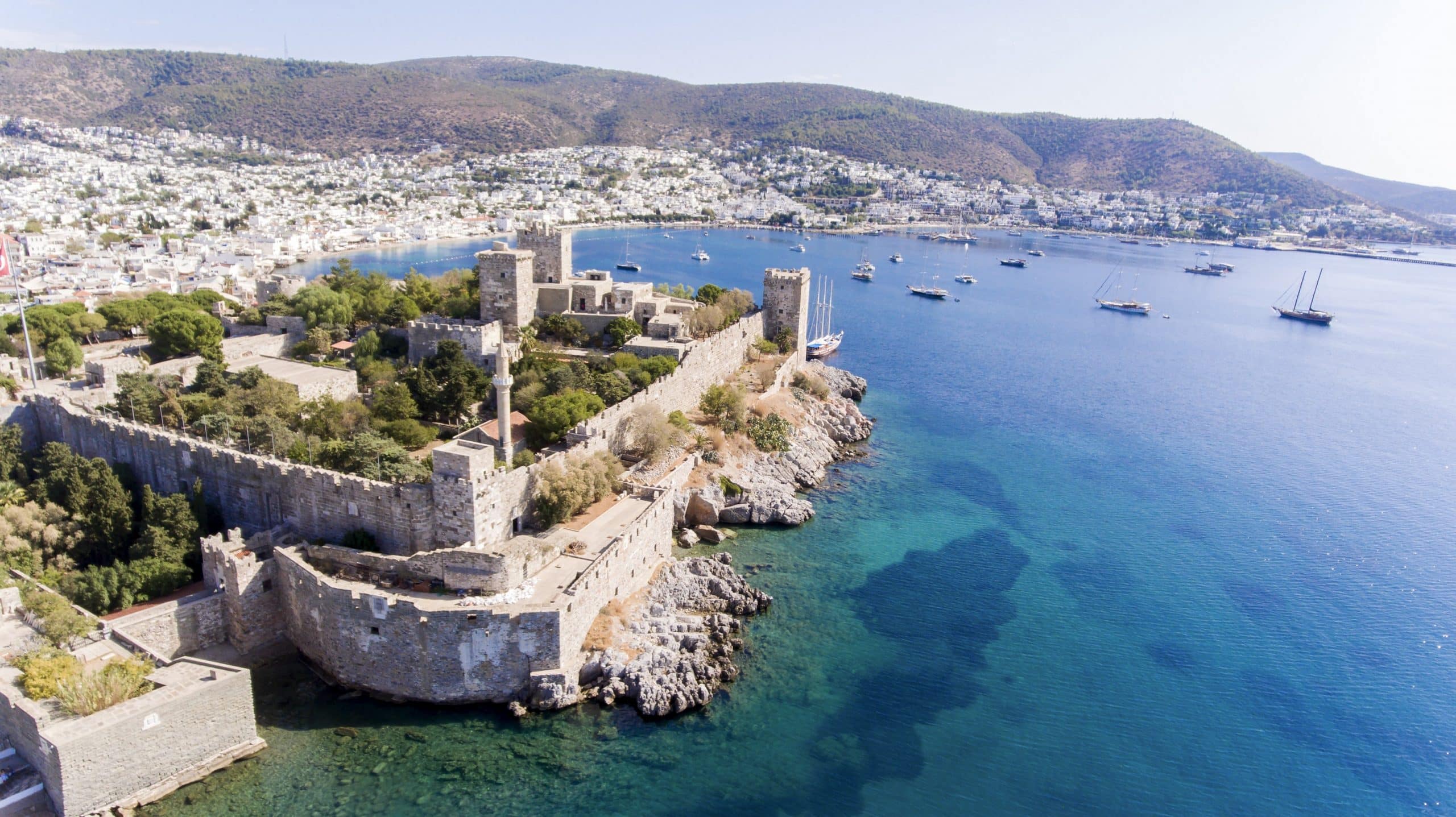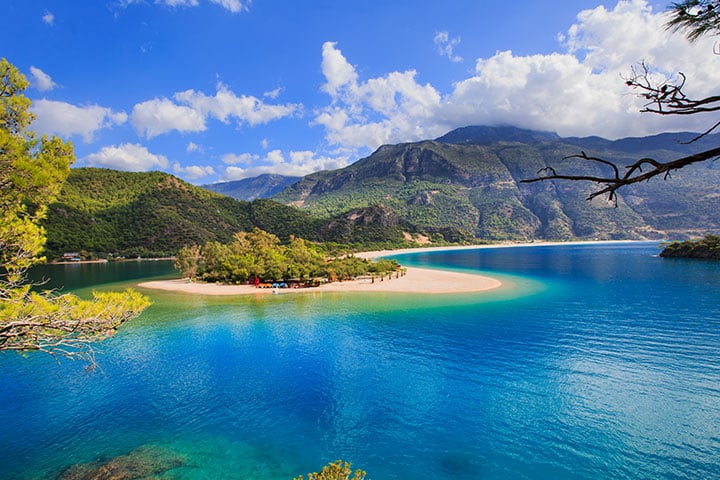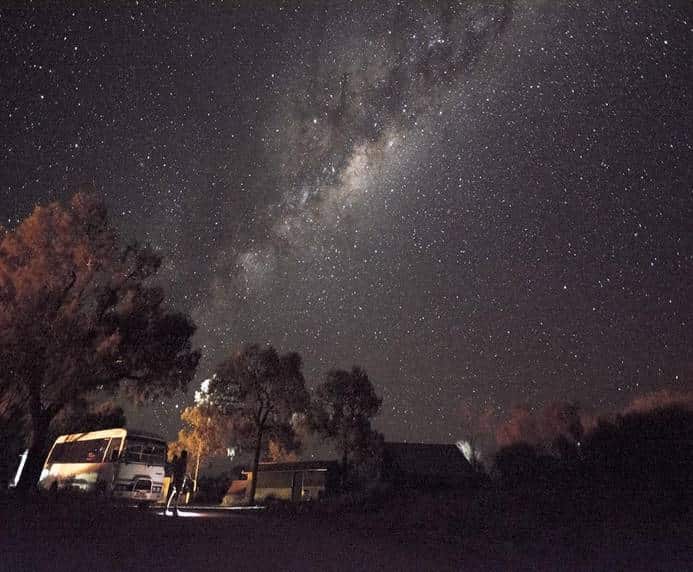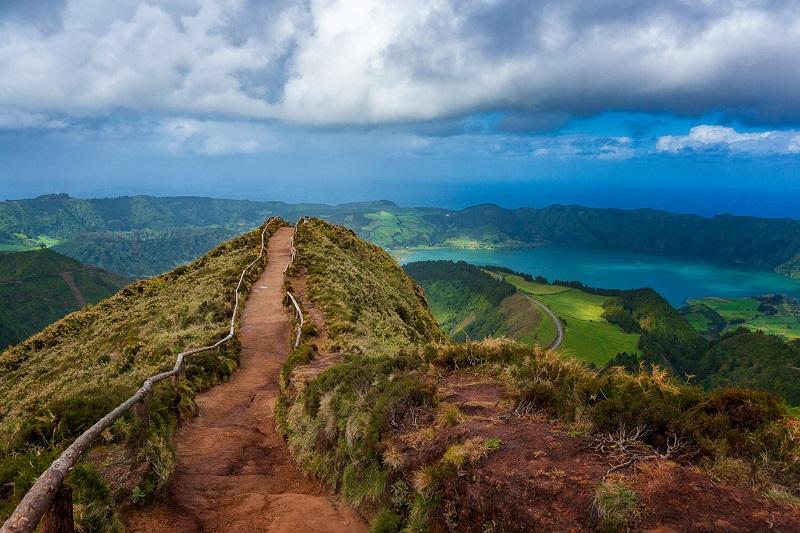Seek an outdoor thrill? Check out these Asian hiking trails
From simple day hikes and multi-day, challenging excursions, Asia is a great bucket list destination for adventurous travelers. In addition, Asia has some of the world’s most excellent trekking. We’ve done some fantastic treks throughout Asia. We also asked top travel experts for their favorite hikes in Asia to create this list, and today we present you the most varied and spectacular treks in Asia.
Here you may climb a mountain, journey through a rainforest, or stroll a gorgeous route. Asia has some of the world’s most challenging treks. This list includes areas you may have yet to hear of for hiking or trekking. Below are the top walks for all tastes and types, from one of the hardest multi-day treks in the world to a romantic sunset perspective.
Annapurna Base Camp (ABC), Annapurna Region, Nepal
It’s 42 miles long and takes 9-12 days to hike in ABC, Annapurna Base Camp, and famous climbs in Nepal are noted for their stunning vistas. Pre-monsoon months are the best season to hike the trail, such as February, March, April, and May.
If you want to trek after the monsoon, we suggest late September, October, November, and December; early September is still a choice. Annapurna Base Camp is a must-see for mountaineers, travelers, and adventurers. Annapurna Base Camp Trek is the most famous trek in Nepal and the globe due to the Himalayas, culture, and pathways.
The walk begins in Pokhara, where you’ll take a short vehicle excursion to Nayapul. The walk passes Ghandruk. This settlement is a vibrant Gurung community with magnificent Himalayan vistas. You’ll cross bridges and rivers in the Himalayas, climb up and down, and zigzag. The walk passes through tropical woods in the Annapurna Conservation Area and alpine vegetation.
Gokyo Ri, Sagarmatha National Park, Nepal
The 98-km walk takes ten days, and Gokyo Ri is one of Asia’s most scenic and rewarding hikes. October-November and March-May are the best times to visit Gokyo RI Sagarmatha National Park. At 5,347 m (17,575 ft), you can see Mount Everest, Lhotse, and Makalu.
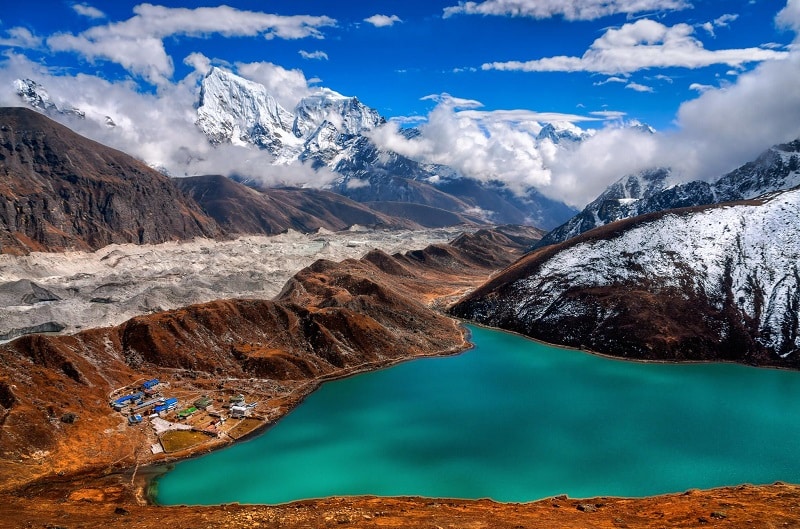
Each summit is above 8,000 m (26,246 ft). Gokyo Ri is an alternative to Everest Base Camp. You follow a calmer path to base camp, passing waterfalls, glaciers, turquoise lakes, and yaks bringing supplies to high mountain settlements.
It’s vital to acclimatize at Namche Bazaar (3,440 m) before heading to Gokyo. Drink 3L of water and take altitude tablets to prevent altitude sickness. A guide and porter are suggested for the Gokyo Ri trip. A guide books teahouses and ensures your safety on the hike. A porter carries your things upward. Himalayan Glacier has a lengthy history and excellent evaluations.
Kyrgyzstan’s Ak-Suu Transverse
The 109-kilometer climb takes seven days. This hike is excellent between July and October. An Ak-Suu-wide excursion. Start at Jyrgalan near the Kazakh border and end in Jeti-red Oguz’s sandstone canyons. Ak-Suu Transverse Hike in Kyrgyzstan is one of my favorite hikes in Asia, especially in Central Asia. It explores some of Eastern Kyrgyzstan’s loveliest scenery, from glassy alpine lakes to rough mountain routes, and the vistas only grow better.
The seven-day duration is long enough to leave daily life but short enough to carry all you and your hiking team need without replenishment (though porters and horses are available for sections of the trip). It crosses via the Issyk-Kol region’s showpiece, Ala-Kol lake while avoiding congested paths and maximizing mountain vistas.
India’s Chadar Trek
The 5-day walk covers 65 kilometers (40 miles). Chadar trip is ideal in January-February. During this season, the river freezes into a beautiful sheet of ice, suitable for an excursion. Nerak is the trek’s coldest campsite, reaching -30 degrees at night. Chadar Trek is one of India’s most challenging and distinctive Himalayan treks, requiring five days of trekking across the frozen Zanskar River.
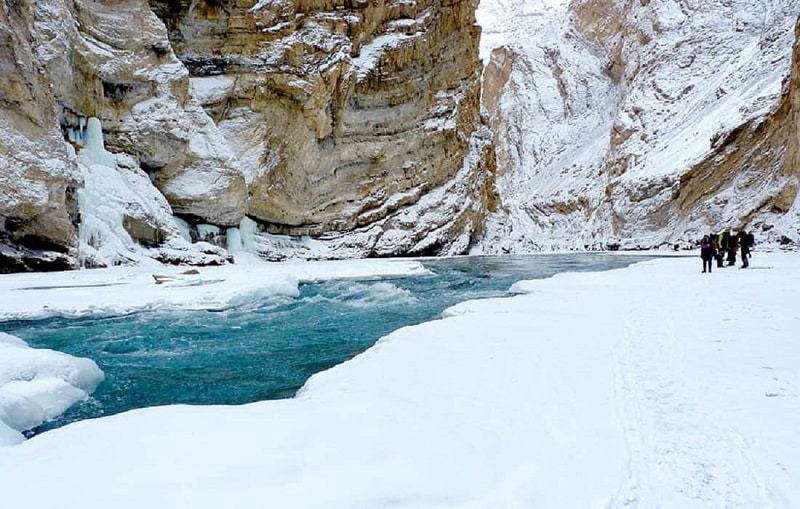
Ladakh’s 65-km hike. Land of High Passes in India is open from January to February and is an excellent complement to our 5-Day Leh – Ladakh Winter Itinerary. This trekking helps you appreciate the little things in life, like keeping your feet dry (to prevent hypothermia), changing into dry new socks when you reach camp and layering. However, because of the high altitude and thin air, you must acclimatize in Leh for three days before the Chadar Trek.
Sandakphu Trek, Bengal, India
The 46-km walk takes six days. April-May is when the rhododendrons blossom, and November has the clearest skies. Sandakphu means “Height of the Poison Pants” The dawn and sunset above Kanchenjunga from Sandakphu are once-in-a-lifetime experiences. Sandakphu Gateway is Manevanjan. 3,638-meter Sandakphu peak (11,941 feet high). This summit lies in Darjeeling’s Singalila National Park on the West Bengal-Nepal border. It’s Singalila’s highest peak. Here, you can view Everest, Kanchenjunga, Lhotse, and Makalu.
Sandakan is a mountain lover’s delight. Sandakanfu is dubbed Trekkers Paradise because it lets you experience the Sandakan hike. The Sandakanfu-Falut walk has daytime temperatures of 12-20 degrees Celsius and nights of -5 to 5 degrees Celsius.
This journey has high winds and temperatures. So, dress nicely. On arrival and departure days, you may visit Meghma, Tonglu, Tumling, Gauribas, and Kalipokhari. You can view the road’s curve and Kanchenjunga on a clear day. Consider yourself fortunate if you see a red panda here.
India’s Kumara Parvatha
The 2-day hike is 28 km. Kumara Parvatha is best hiked from October to January and June to September. The south’s hot summers make hiking impracticable. Winters are pleasant, with heavy mist and dreamy fog surrounding the forest and route, while Kumara Parvatha is an excellent monsoon trip.

Kumara Parvatha, at 1,712 meters, is the trekkers’ most challenging mountain and is part of Karnataka’s Western Ghats. Kukke Subramanya and Somwarpet are both overnight bus rides from Bangalore, and national park hiking requires forest service permission.
The two-day journey covers 28 kilometers. The steep walk to the top needs considerable fitness. The first 7 kilometers are in the forest, while the remainder is on grassland without shade. Multi-day treks require camping. The forest checkpoint provides minimal camping amenities. This track is excellent to hike between November and February when the weather is quiet.
Kumano Kodo, Kii Peninsula, Japan
The 70-km hike takes 1-9 days. The spring or fall are the optimum times to trek the Kumano Kodo pilgrimage paths (September to November). Walking around the Kii peninsular during these periods provides mild weather and stunning blossoms or autumn colors.
The Kumano Kodo travels across the Kii Peninsula and leads to Shinto’s three holiest shrines. Years ago, Japanese people practiced Shintoism and Buddhism side by side, and you can still find evidence of Buddha devotion along the road.
In the 19th century, a statute separated the two, and the Kumano Kodo is today linked with Shintoism. Shinto is non-dogmatic and non-theological. It’s about honoring the numerous spirits (called “kami”) that inhabit trees, rivers, and stones. What better location to worship these spirits than a cypress forest? The Kumano Kodo is more than a climb for international guests. It’s a chance to study and practice Japanese customs, traditions, and beliefs.
Kalaw Trek, Myanmar
The hike’s distance is 57 km (35 miles) with 2-3 days. Trekking is excellent from January to October. One of Myanmar’s most popular walks is from Inle Lake to Kalaw, a mountainous village. Most visitors to Myanmar trek from Inle Lake to Kalaw. Kalaw is a tiny hill town recognized for its natural beauty, chilly temperature, and floral and animal species.
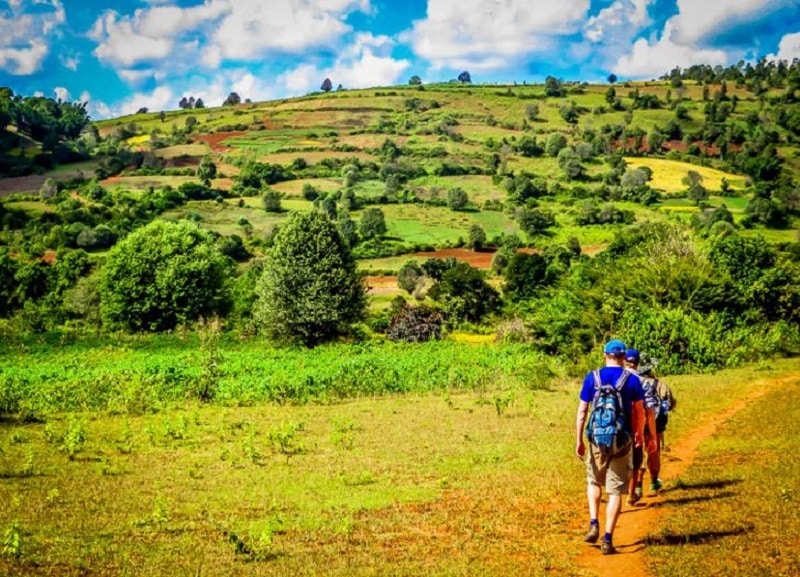
Hikers can witness rural Burmese life in distant mountain communities. You’ll stay at residents’ homestays and eat Burmese cuisine. Getting away from the towns and crowds in Burma’s rough interior is an adventure. The 57-km walk is almost flat.
Depending on your fitness level, it’s simple to modify. If you book with a tour company in Inle or Kalaw, they’ll transport your bags. Depending on your path, they’ll drop off your remaining stuff, either Kalaw or Inle. After arriving in any town, you may schedule a cheaper journey. It takes 3 to 4 days from Kalaw to Inle. You may skip parts and finish in 2 days.
Birtvisi Canyon, Georgia
The 5-mile hike takes 5-6 hours. Late August is the best time to explore the canyon since the water is low and warmer. Birtvisi Canyon in Georgia is an off-the-beaten path in Asia. Only an hour from Tbilisi, the canyon offers views of volcanic hills. Being near Tbilisi makes it a great hiking day excursion to escape the city. The 5-mile hike takes 5-6 hours.
Due to volcanic eruption millions of years ago, the canyon has small vulcanic hills and various separate rocks. Birtvisi Fortress, on this rugged ground, was hard to conquer. Sheupovari means “invincible” in Georgia. Along the trek, you may witness green castle turrets and walls. Rent a vehicle, drive to Tbilisi hamlet in Kvemo Kartli, or take a marshrutka (minibus) from Navtlughi to Tsalka.
You’ll see canyon signs around Tbilisi village; the canyon is accessible year-round, although summers are scorching. You don’t need the extra kit for the simple hike. When climbing high rocks, bring hiking boots or non-slip shoes. Be cautious while ascending to Birtvisi Fortress. It’s an arduous climb, but the vistas are stunning.
Tiger’s Nest, Paro, Bhutan
The 6.5-mile hike takes 4-5 hours. The route might be slippery; thus, you may encounter mud. The best times to visit Tiger’s Nest (and Bhutan) are Spring (March to mid-May) and fall (September to November) (late September to November).
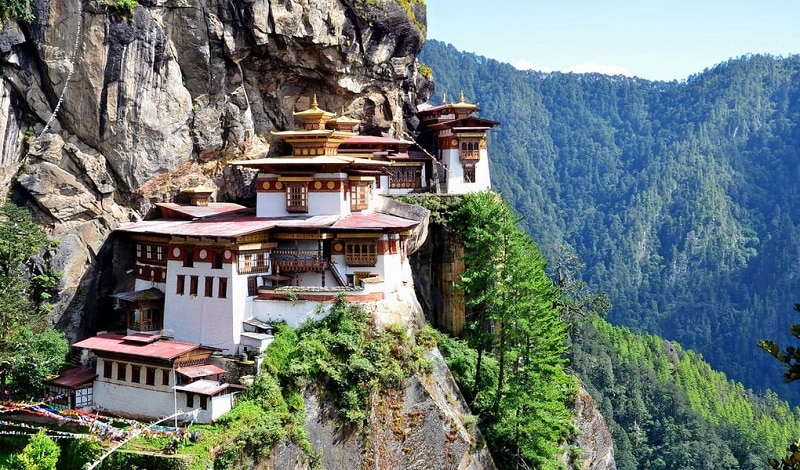
The Tiger’s Nest monastery in Paro is one of Bhutan’s most recognizable sights. Guru Rinpoche, the temple’s founder, was supposedly taken there by a pupil who turned into a tiger. The Tiger’s Nest is one of Asia’s most significant spiritual climbs, if not the globe. Bhutan is such an off-the-beaten-path location that trekking the Tiger’s Nest is seldom packed.
The 6.5-kilometer walk takes 4-5 hours. The final 100 steps before the monastery are one of the most challenging portions of the trek. However, the views from outside the temple were worth it.
Conclusion
We hope you like this list of Asia’s best treks. The continent has world-class hiking. Asia’s climbs will surprise you in many ways, especially in the Annapurna Base Camp. Choose a path that meets your requirements and degree of adventure. Stay active and safe, everyone!
